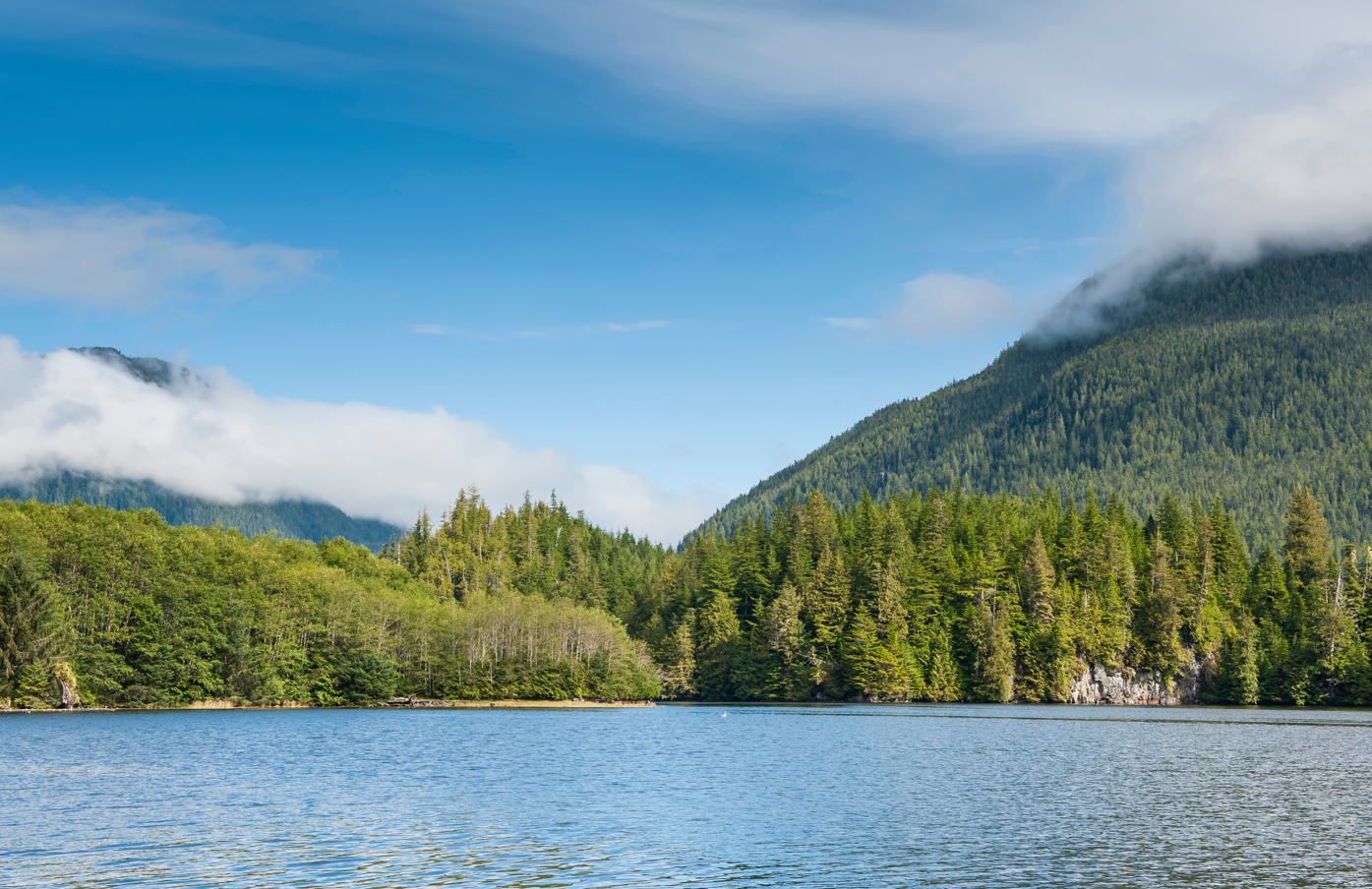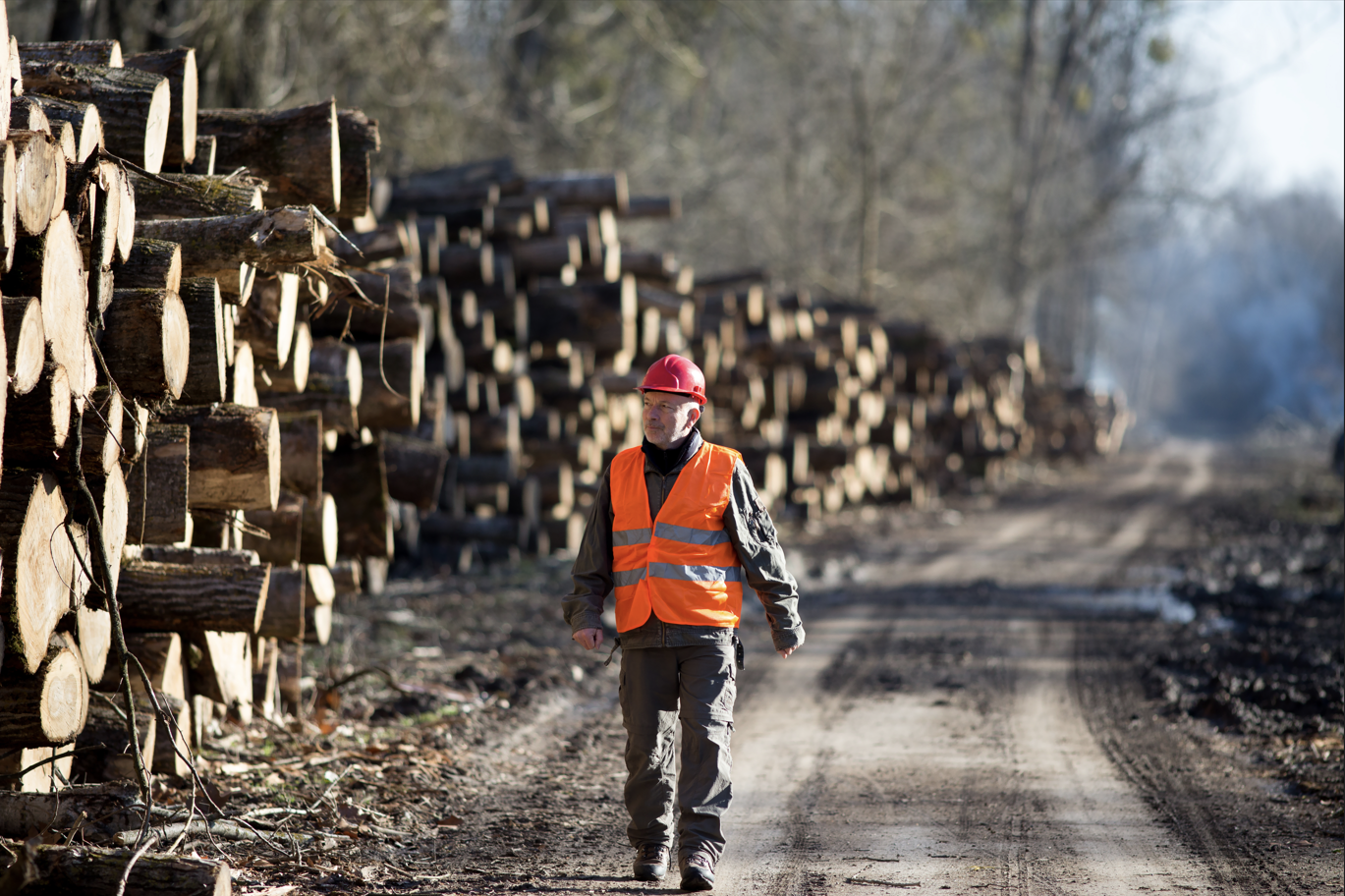I grew up in Eritrea for most of my life before moving to Canada. I would like to provide some insight into the differences between Eritrea and Canada’s forestry. Forestry in Eritrea and Canada showcases a remarkable contrast stemming from their distinct geographical, economic, and environmental backgrounds. Eritrea, situated in the Horn of Africa, grapples with an arid and semi-arid climate that severely limits water availability and suitable land for extensive forests. In stark contrast, Canada’s immense expense, known as the second-largest country globally, encompasses diverse forests in its norther regions. When it comes to forest cover and biodiversity, Eritrea’s arid conditions results in scarcity of forests, with much of its terrain comprising scrublands, savannas, and grassland. This environment has prompted unique adaptations in its biodiversity. In contrast, Canada boasts an awe-inspiring 38% of its land area enveloped by vast forests. These ecosystems house a rich array of flora and fauna, including iconic species like moose, bears, and various tree varieties.
Economically, forestry takes on a disparate role in each country. In Eritrea, the arid environment restricts substantial timber production, leading to a less pronounced economic impact. Instead, strategies like agroforestry and prudent water management take precedence. On the other hand, Canada’s forestry sector significantly bolsters its economy, contributing billions of dollars annually through timber production, processing, and related industries. This dynamic sector not only generates income but also fuels job creation, exports, and ancillary economic activities. Environmental considerations take divergent forms as well. Eritrea’s limited forest cover presents challenges such as soil erosion, desertification, and water scarcity. Implementing sustainable land management practices becomes pivotal in combating these pressing issues. Canada, meanwhile, places emphasis on sustainable forestry practices, striking a balance between economic pursuits and conservation objectives. Measures like selective logging, reforestation initiatives, and the establishment of protected areas collectively ensure the health and longevity of its forests.
Both countries differ in their forest management strategies. Eritrea’s approach revolves around initiatives promoting agroforestry, enhanced water conservation, and the well-being of local communities. Canada, by contrast, boasts well-established forest managements practices encompassing sustainable harvesting, meticulous reforestation efforts, and vigilant monitoring to safeguard the enduring vitality of its forestry sector. Concerning climate change and carbon sequestration, even Eritrea’s limited forest cover assumes significance in terms of carbon capture and adaptation to a changing climate. The country’s endeavors to expand its forests can potentially aid in mitigating climate change impacts. Conversely, Canada’s extensive forested landscapes make substantial contributions to global climate mitigation by acting as crucial carbon sinks, absorbing, and storing substantial amounts of carbon dioxide.










.jpeg)

